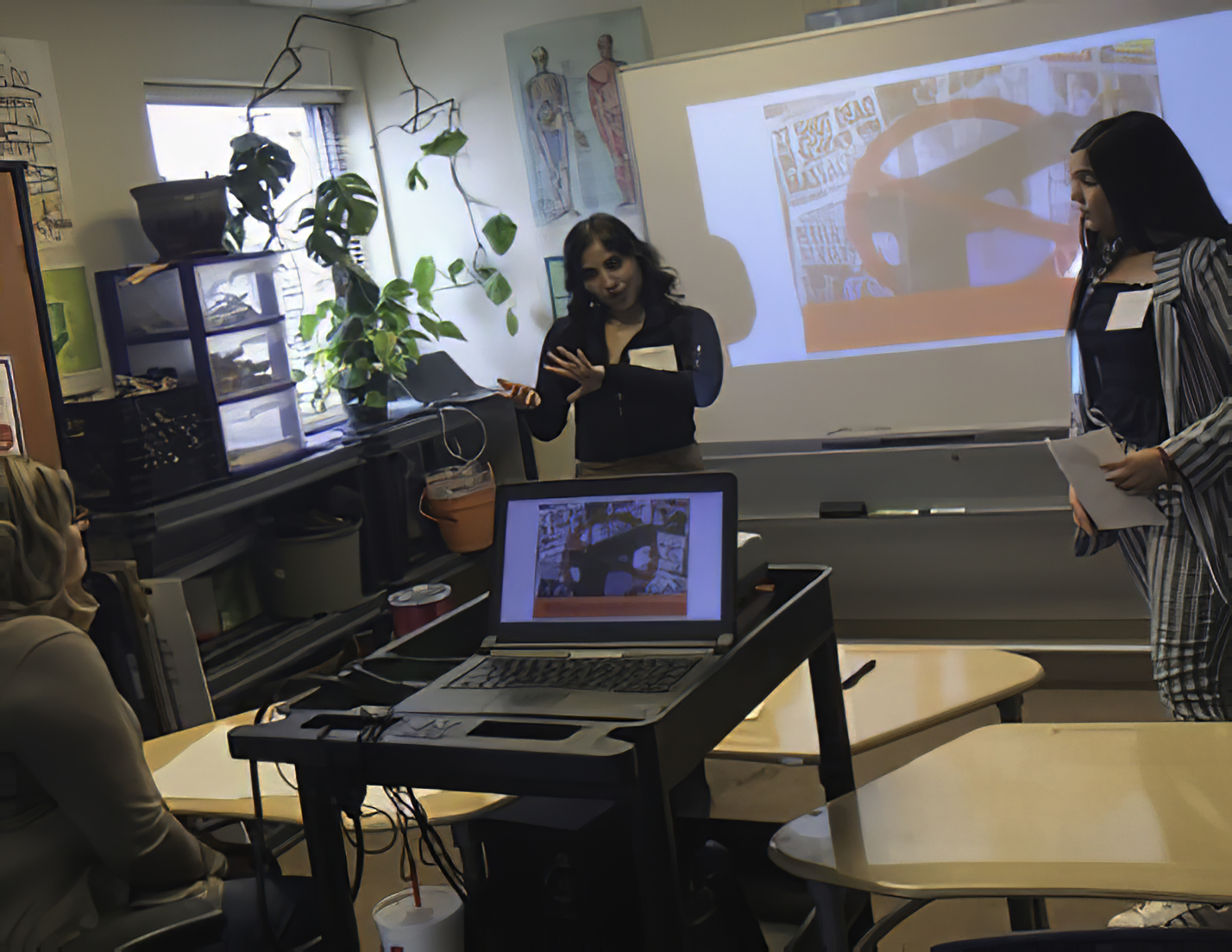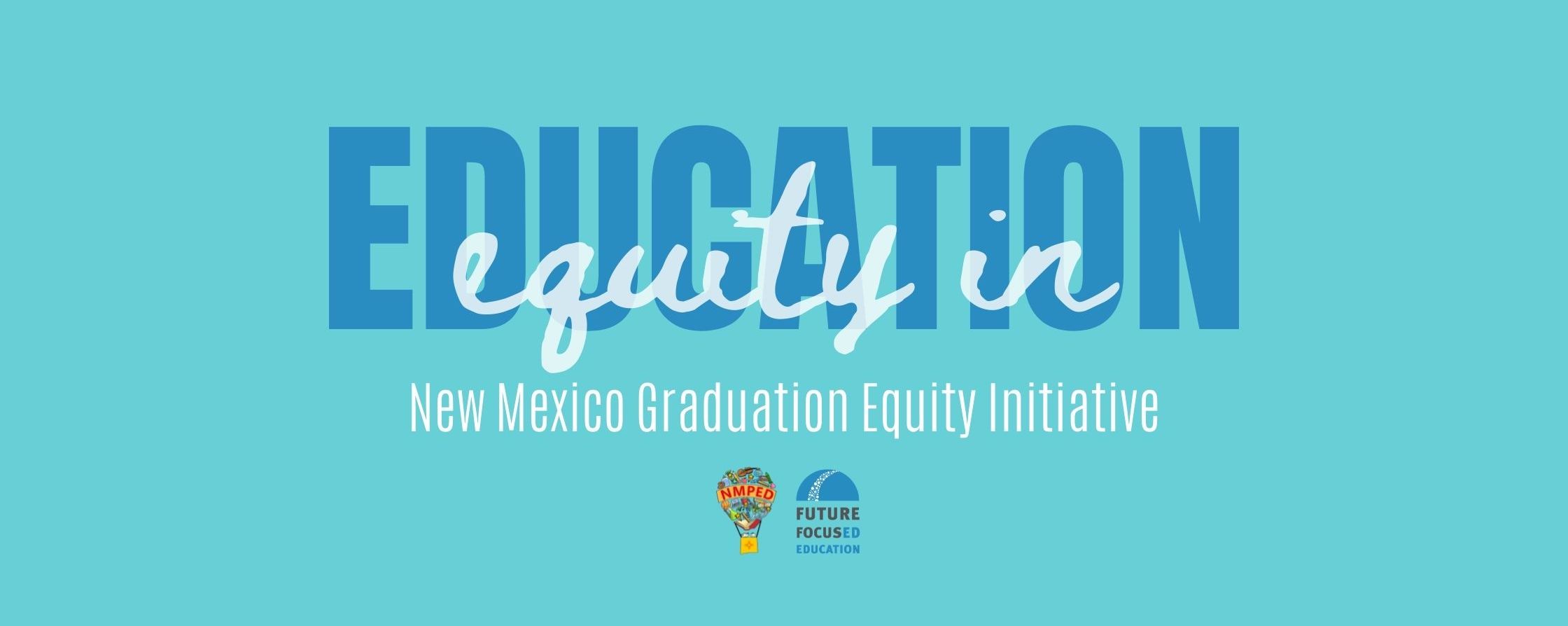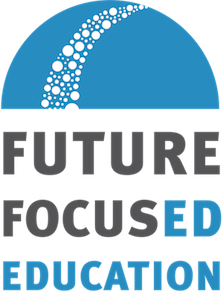Senior Capstones are Replacing Bubble Tests at Some High Schools:
How This Will Change Our Education System
“We must anchor the assessment system in students’ authentic experiences, born out of their communities, identities, and passions.”
When I have asked anyone about their most meaningful experiences of assessment—where they got to showcase their learning and get feedback—no one says, “When I sat for four hours and took the SAT.”
Bubble tests like the PARCC, SAT, and many others have been ubiquitous for years, in K-12 schools and beyond. In my own life, I have taken enough bubble tests to make alphabet soup: AP exams, the ACT, SAT, and GRE. Most recently, as an adult, I took a bubble test to qualify for the New Mexico State Social Work Licensure. Many of these tests have assessed little more than my ability to sit still for long periods, read and respond to questions, and memorize and regurgitate knowledge.
The tide is turning. New Mexico is on an exciting path to radically change our state assessment system, and ground it in the wisdom of diverse cultures and local communities.
Thanks to a grant from the Gates and Walton Foundations, the NM Public Education Department and Future Focused Education are partnering on a 18-month project to expand the use of graduate profiles and senior capstones statewide. Not only are we thrilled that students will have opportunities to demonstrate their learning in dynamic and creative ways, we believe this is one step in transforming the inequitable, white supremacist underpinnings of our education system.
What’s the problem with bubble tests?
While state bubble-test data has been useful to policymakers, it has been virtually meaningless to communities, students, and teachers. The results come in too late for teachers to make them actionable, and they do not provide the personalized feedback a student needs to fuel their growth.
Instead the data becomes a judgment of an educator’s teaching skill or their school’s effectiveness. But test scores are a limited and largely invalid measure of both teachers and schools because they focus exclusively on academics and omit the context and culture of students’ lived experiences, and they give schools and teachers no information about how to improve or grow.
Similarly, summing up students by a number or score devalues to who they are. Even for strong students who score high, reducing their merits to a number can restrict their development, making it hard to understand who they are in a holistic way. It can be deeply detrimental if it’s a low score, as it becomes a statement of worth, sorting students against other classmates.
How should testing be different?
We must anchor the assessment system in students’ authentic experiences, born out of their communities, identities, and passions.
Since the summer of 2020, the NM Public Education Department and Future Focused have been holding convenings with a Community of Practice (CoP). We’ve been accompanying this cohort of leaders from schools and districts around the state as they develop graduate profiles and use capstone projects with their seniors.
The idea to expand innovative and performance-based assessment has been percolating for a long time in New Mexico. There has been much discontent with traditional testing approaches from parents, teachers, leaders, and the students themselves. For the past decade, the Leadership High Schools Network (LSN), an initiative of Future Focused, has been cultivating innovative assessment approaches, including graduate profiles and senior capstones. The LSN schools are committed to authentic and ongoing assessment and have implemented real-world and community-informed instruction and assessment since the beginning.
In the Community of Practice, the LSN joins about 20 other districts and charter schools to build on this momentum. Participants are asking their local communities what student success should look like, designing capstone projects that honor who students are, and developing guidelines to support others statewide in developing their own high-quality graduate profiles and capstone programs for seniors.

Students at Health Leadership High School present their Senior Capstone project as a part of their graduation requirements.
What do community-informed graduate profiles and senior capstones look like?
Health Leadership High School (HLHS), one of the LSN schools and an active participant in the Community of Practice, is an exemplar in the state for their capstone program. As an industry-aligned school with a learning-by-doing instructional approach, HLHS expects all seniors to complete a Community Wellness Practicum (CWP) project before graduating. The CWPs are year-long projects that give students a platform for demonstrating learning that aligns with the school’s community- and industry-informed graduate profile.
Students have voice and choice in designing their CWPs. To support them in designing their projects, HLHS hosts two annual Ed Cafes--facilitated convenings that have partners from the community and healthcare industry meet with students to examine deeply rooted community problems and help them design CWPs to address those problems. Each CWP has research and action components. Students compile their work in a portfolio over the course of their senior year, and then give a final exhibition of their learning in late spring to an audience of family, peers, and partners from community and industry. During the COVID-19 pandemic, HLHS has moved their CWP exhibitions online.
The impact of community engagement on student learning is deeply evident in the students’ CWPs. For example, Kimberlee Contreras did her project on "Type 2 Diabetes Reversal." Over the course of her year, Kimberlee was able to work with the Consulate of Mexico and inform patients with Diabetes about her research and study. Kimberlee took action as a youth advocate to support her community by sharing ways to reverse diabetes through active lifestyle changes. In her final exhibition, Kimberlee gave a presentation allowing community and industry partners to virtually interact and provide feedback and support.
Senior capstone projects don’t just change what’s happening in the school. They have the potential to change communities as a whole. As students are agents of change in their communities, we’ll see substantive improvements and contributions.
How do graduate profiles and capstones address racism?
New Mexico’s education system bears the scars of a racist history, which has disenfranchised many young people and threatened the native languages, ethnic traditions, and heritage of local communities. Up until two years ago, students met graduation requirements by satisfying test-score thresholds in core academic subjects. These bubble tests did not allow students to showcase their identities, linguistic diversity, divergent skills, and the unique knowledge, culture, and values of their communities.
By promoting community engagement in the development of graduate profiles and capstone projects statewide, Future Focused and NMPED are changing high school graduation assessments to honor the ethnic and linguistic diversity in the state. In graduate profiles, diverse stakeholders shape how our schools define student success, building a fuller picture than a “success equals this score or above” definition. In capstone projects, community partners help our educators and young people apply learning in real, local, and culturally responsive contexts.
This will have a backwards impact all the way to early childhood education. If we’re preparing students for a senior year experience that isn’t a bubble test, but an active learning experience and exploration of personal journey, that changes the finish line. How might that affect a first grader? A fifth grader? In order to prepare students for a more full expression of skills and competencies, teachers and students will have to adjust curriculum and activities from day one.
Engaging communities to design graduate profiles and capstones won’t fully dismantle the racism in the education and assessment systems, but it is a step in the right direction.
What is a Senior Capstone?
A capstone is a months-long project rooted in authentic contexts and building on local assets and culture. Students engage in active, self-directed, and community-based learning experiences to produce a body of work.
Capstones result in public exhibitions of learning to school, family, and community.
.
What is a Graduate Profile?
A graduate profile outlines the knowledge, skills, and dispositions that the local community identifies as important for graduates to have when they exit high school.
A graduate profile often includes competencies beyond traditional academics, including employability and social-emotional skills that honor students’ cultural and linguistic identities.
The New Mexico Graduation Equity Initiative is piloting a new project-based graduation pathway that culminates with capstone projects as an alternative to traditional testing. Learn more and join the movement here.
Read more in our Equity in Education series, tracking the progress of the New Mexico Graduation Equity Initiative.




Comments
Pingback: Why Local and National Education Leaders Reject Standardized Testing - Future Focused Education